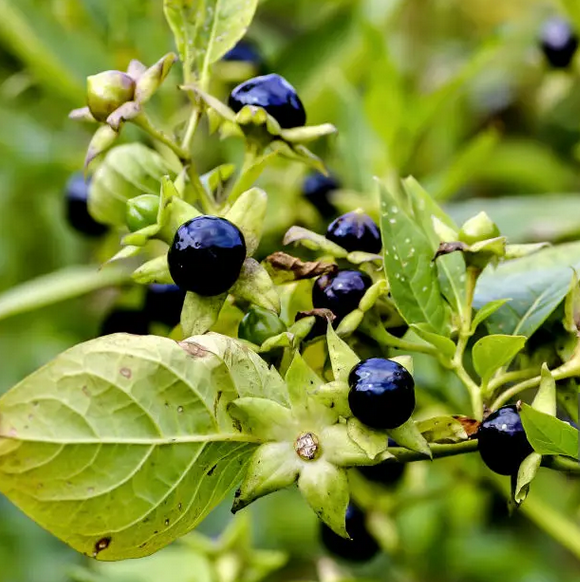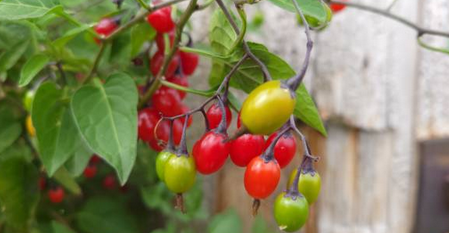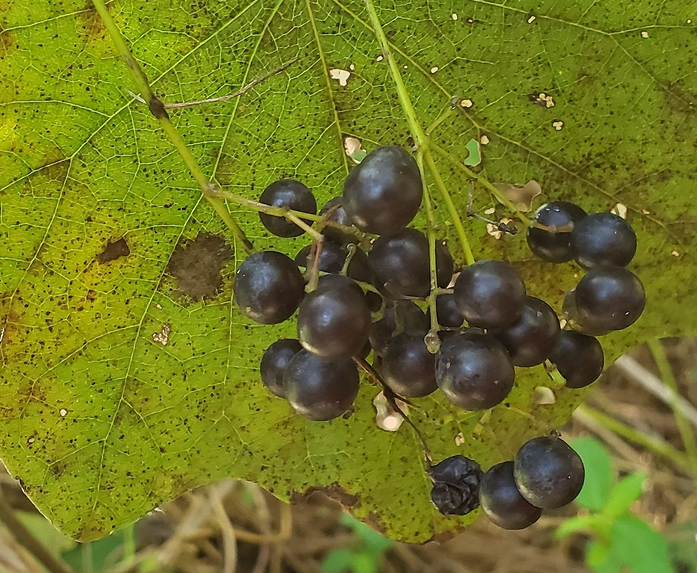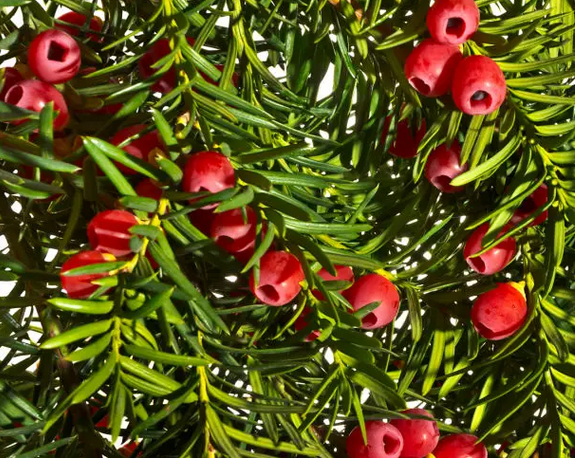With so many luscious berries in our landscape, it can be confusing to know which ones are delicious, which ones are merely palatable, which ones will make you sick, and which ones can kill you. Today, while we wait for the delicious berries to get ripe, we’re going to take a look at the toxic ones you should avoid.
The best way to avoid eating poisonous species is to learn which of them grow in your area, and what edible berries you might mistake them for. A good resource, outside of an experienced forager, is Peterson’s A Field Guide to Venomous Animals and Poisonous Plants: North America North of Mexico.
A few quick general rules about foraging berries
If you’re unsure what it is, DO NOT EAT IT. Your life isn’t worth the gamble.
There are quite a few berries that are wildlife friendly but not people friendly – never assume that because the birds eat it you can too.
Plants that have spines, milky sap, or bitter smells rarely produce edible berries.
Yellow, green, and white berries should be left alone, as something like 90% of them are toxic.
Potentially Deadly Berries Found in the Northeastern US
Seek emergency medical attention if you suspect someone has ingested any of these fruits.

Belladonna, also known as deadly nightshade, is incredibly toxic. A perennial bushy herb, 3’ to 4’ in height, with branching stems and dark green pointed leaves, it is usually found in fields, woods, thickets, and waste spaces. The lavender-to-purple, bell-shaped flowers produce black cherry-like fruits. Leaves, fruits and roots are highly toxic and can kill humans through ingestion or by contact with open wounds, cuts or abrasions. Poison can be also be absorbed by handling leaves. Small doses of the toxins will produce dilated pupils, sensitivity to light, dry mouth, headache, dizziness, drowsiness, vertigo, loss of balance, blurred vision, confusion, tachycardia, hallucinations, acute psychosis, and convulsions. Consumption of as few as two berries can kill a child, while 10 berries are enough to be fatal to an adult.

Daphne is a low, woody plant originally imported from Asia. It has escaped cultivation and become a dangerous invasive weed. It bears small rose-purple blossoms in clusters along its branches in early spring before the leaves develop. All parts of the plant are very poisonous for humans, dogs and cats. Contact with the shrub can cause severe irritation of the skin. Berries appear during summer, from yellow to orange to bright red, each with a single seed. These berries are HIGHLY TOXIC. Symptoms after ingestion include a choking sensation and burning and tingling sensations in mucous membranes of mouth, throat, and stomach, followed by headache, nausea, abdominal pain, and diarrhea. Eating just 10 to 12 berries can be fatal to an adult.

Bittersweet nightshade, while not the same plant as the deadly nightshade, is still extremely toxic. Star-shaped purple flowers are followed by round or egg-shaped berries that ripen from green, to orange, to bright red, and if eaten cause vomiting and diarrhea in adults and severe illness and possible death in children.

Moonseed is a twining vine named after the shape of it’s seed, which looks like a crescent moon. It prefers moist woods, thickets, and stream banks. The plant vaguely resembles wild grapes, with large vaguely grape-ish leaves and blue to black clusters of fruit. (To help tell them apart: grapevines have forked tendrils while moonseed does not; grapevine grapes taste sour while moonseed fruit tastes awful.) All parts of the plant are highly toxic. Symptoms of fruit ingestion may include sudden and compulsive seizing, painful nausea, and stomach cramping. Irregular and rapid heartbeat may prove to be fatal.

Yews are shrubs or trees with flat, needle-like leaves. Technically, there are no “berries” in the yew; rather it has a seed within a red fleshy cup called an aril. The aril is edible when ripe, typically maturing from June to September, but the seed inside is extremely toxic. It contains a deadly alkaloid called taxine, a rapidly absorbed cardio-depressant that can kill within a few hours in cases of acute poisoning, but may take as long as 24 to 48 hours if smaller amounts are consumed. Oftentimes there are no symptoms until the heart suddenly stops. If there are symptoms, they may include trembling, staggering, nervousness, coldness, weakness, low blood pressure, dizziness, vomiting, difficulty breathing, and changes in heart rate.

European spindle is a deciduous small tree or a large shrub that has escaped cultivation and naturalized in the eastern US. Pink fruit capsules form all over the shrub, eventually splitting and revealing bright orange berries that look a bit like tiny pumpkins hanging from the branches. Symptoms of poisoning include nausea, dizziness, stomach pains, vomiting, and diarrhea. Most symptoms appear 10-12 hours after ingestion. In serious situations, ingestion might cause unconsciousness, kidney failure, or death; 30 berries can be a fatal dose for adults.
Next time, we’ll visit the berries that won’t kill you but will make you much sicker than you want to be.




Highly energetic article, I liked that a lot.
Will there be a part 2? https://odessaforum.biz.ua/
Thanks so much for your comment.
There is indeed a part 2! It’s the next article in the blog.